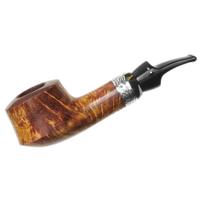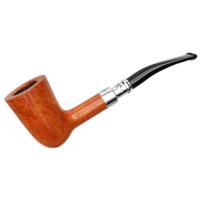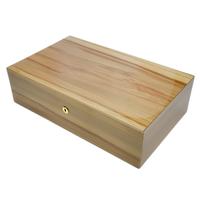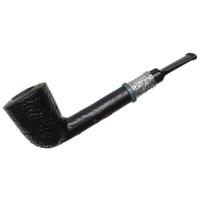According to author Richard Carleton Hacker in his The Ultimate Pipe Book, the Falcon pipe was designed in 1936 by an engineer named Kenley Bugg, a resident of Fort Wayne, Indiana. His pipe was revolutionary for a number of reasons.
First, his inventive use of aluminum to create an extremely lightweight and durable base/shank/stem. When originally introduced, aluminum was more expensive than gold; however, according to a booklet produced in 1997 by the National Historic Chemical Landmarks program of the American Chemical Society, "By the late 1930s, a pound of aluminum cost just 20 cents..." I do not know how many base/shank/stems a pound of aluminum might yield, but given that American was still suffering from the Great Depression in 1936, it would seem to have been a very cost-effective choice. Further, since they were cast, the base/shank/stems were repeatable and not subject to the often irritating quality variations inherent in briar. Finally, aluminum dissipates heat extremely well; I recall seeing an early ad for the Falcon pipe that suggested that its spiral air-hole-tube cooled the smoke as it traveled from bowl to bit.
Second, his interchangeable briar-bowl feature offered the Depression-era smoker affordable variety. One needed only a single base/shank/stem. Bowl styles and quantity could then be chosen to suit taste and budget.
Unfortunately, Mr. Bugg's pipe did not reach the market until 1940. Diversion of aluminum to wartime production in the United States after the Japanese attack on Pearl Harbor in December of 1941 nearly resulted in the Falcon dying aborning.
Thankfully it came into its own after World War II, when Mr. George Hunt of the Diversey Machine Works of Chicago, Illinois took over both its manufacture and marketing. Mr. Hacker states that by 1954 some six-million Falcon pipes had been sold. Further, he notes that in 1958 it was introduced in England where it ultimately became more popular than in the U.S.
For an in-depth look at this unique pipe and its history please see Back From The Ashes: Uncovering the Lost History of G.L. Hunt and the Falcon Pipe by Ms. K.A. Worth (she is the granddaughter of George Hunt). The book is available on Amazon.com.












